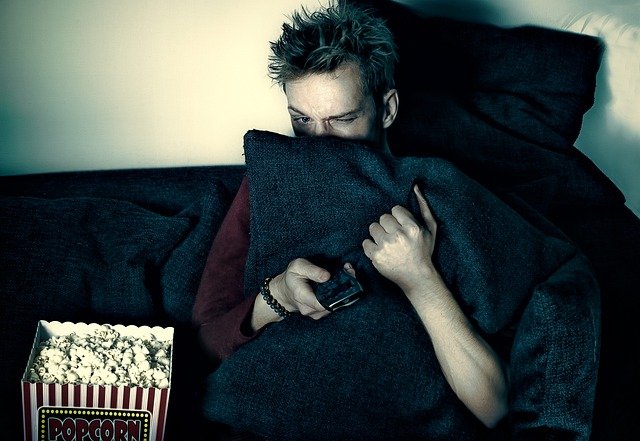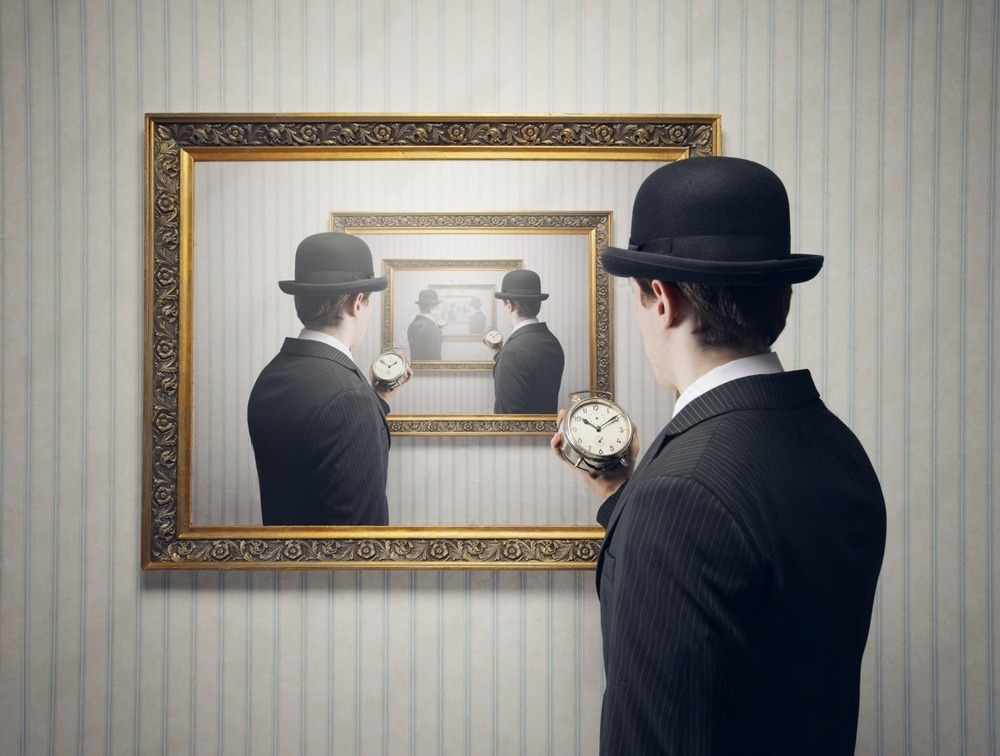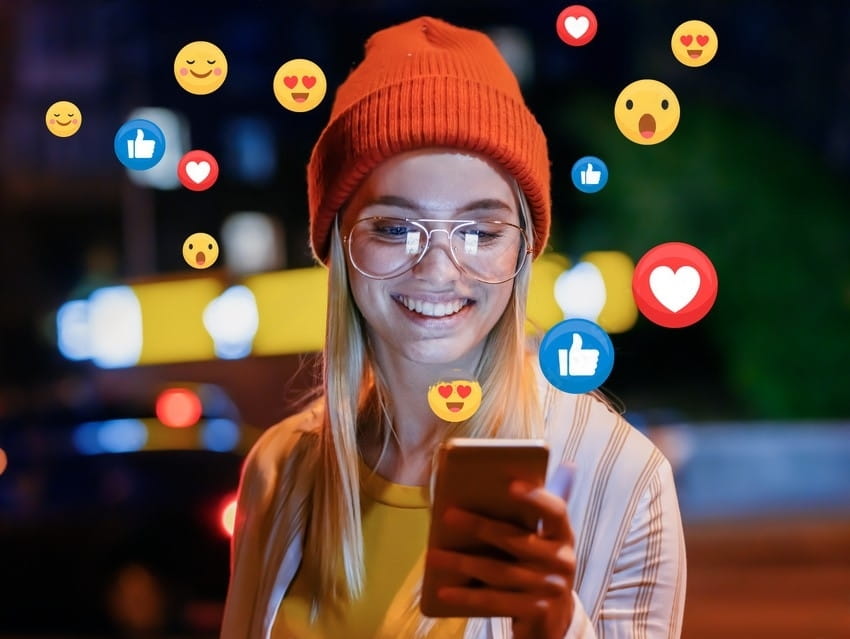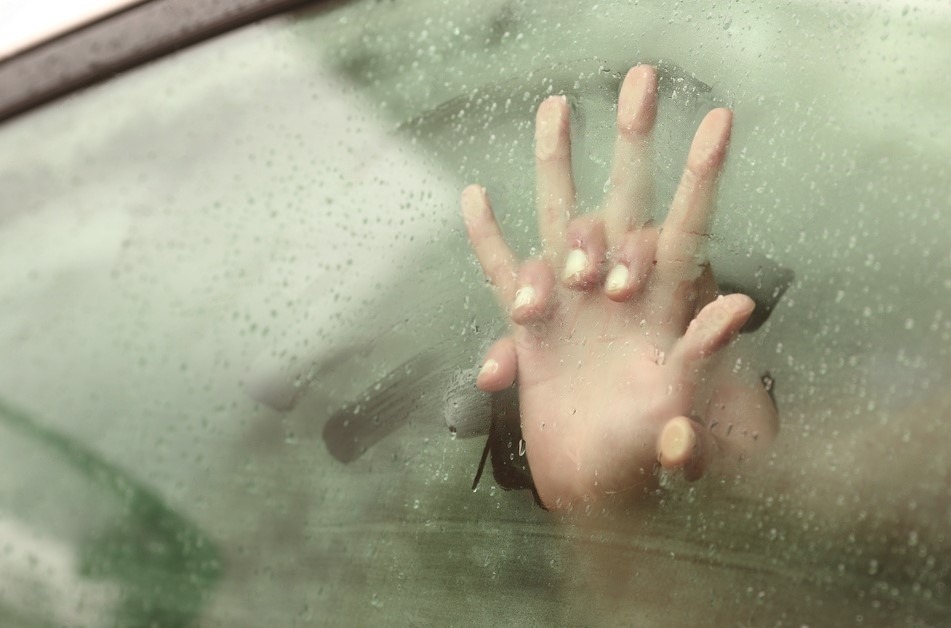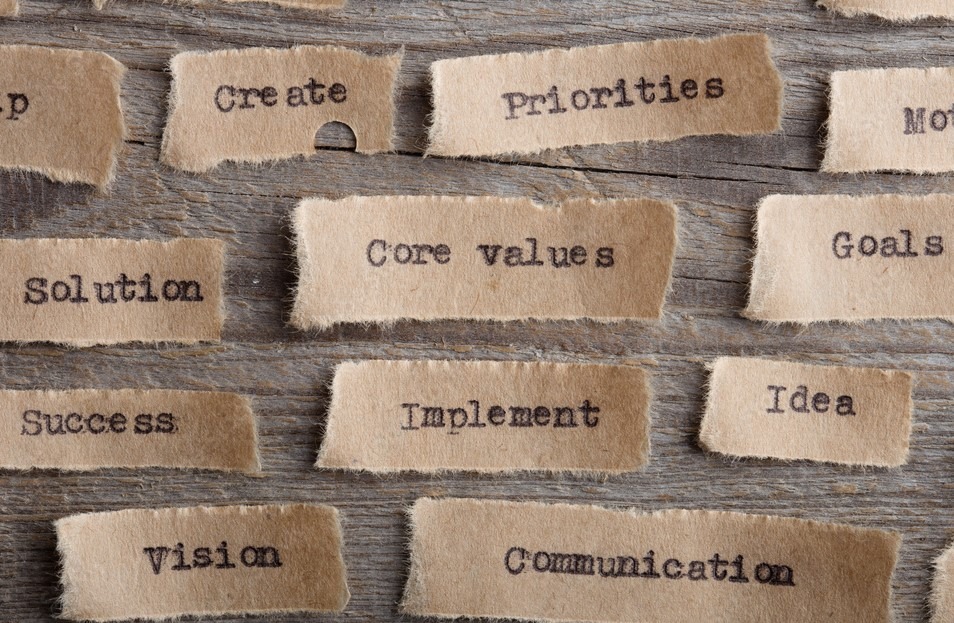***WARNING – This blog post covers themes of Horror which includes discussion of experiencing life threatening events and may be activating to people who have undergone trauma***
With the changing of the seasons, we think about a lot of changes as Psychologists. Less sunlight means more depressive and anxious symptoms. People are taking less vacation time from work which leads to more stress due to employment concerns. There are multiple holidays in a row that lead to significant financial and familial stressors. If any of these are concerns for you and you’d like assistance in managing them, I highly recommend you book a risk-free consultation with one of our Psychologists today! This blog post, however, is dedicated to the other fall related activities that start this month, spooky season! Halloween is right around the corner and with-it horror films, haunted houses, people in costumes, ghost tours, and so much more. So why do we enjoy being scared? Let’s talk about it.
What is Fear?
Fear is an adaptive response to potentially life-threatening situations. It can be described as the anticipation of something bad happening quite like how we experience anxiety. Fear is also considered to be both innate, automatically a part of you since birth, and learned, something that is acquired during your life. Acquired fear is typically learned through classical, also known as Pavlovian, conditioning. This is when you encounter a situation that is inherently frightening, such as a surprise lion in your hallway, and that occurs simultaneously with something else, such as your doorbell. This pairing creates a fear response to the doorbell in future experiences unrelated to the lion’s presence. This relationship is more effective if it’s repeated, like in Pavlov’s experiments with dogs. (If you’d like more information of Pavolv’s experiment take a look at this article).
How the brain signals the fear response
The neurobiology of fear is quite complex. The fear system is widely distributed across brain regions. One of the main structures however is the amygdala, as it plays an important role in sensory integration including emotional processing. It might be helpful to think of the amygdala as a general contractor of the fear system. It helps to organize and facilitate the experience you’re having, and the behaviours you are engaging in. Ultimately, the fear system is designed to access resources throughout your body to avoid, fight, or flee the danger at hand. This includes the muscular-skeletal, cardiovascular, attentional, and endocrine systems.
Why do We Enjoy Horror Films?
It’s important to think of the spectrum of emotion in horror films. Generally, we begin by feeling “creeped out”. This is the opening of the emotions, where you recognize something isn’t quite right. The next is horror, when you begin to understand you are at risk of being in a threatening situation. Finally, it ends in fear – the understanding that you will have to make immediate decisions surrounding your ability to stay alive. It’s important to remember that fear can actually alter what we see and hear in the moment. Fear increases the level of attention that we pay something resulting in increased awareness of what’s happening around us and increased likelihood of learning. The experience of fear is very powerful and can lead to some of the strongest subjective feelings we can have.
Horror films use our shared fears
There are some universal fears. Fears of illness, injury, and social isolation all play an important evolutionary role in real life and therefore, also act as important themes in horror media. Many horror films have used these fears to create a frightening atmosphere, things like unknown water, dark hallways, basements – all play on these fears. The deep tones and shadows create the sense that you are lost in the space. This is a concept known as illegibility (McAndrew, 2019).
Illegibility is the ability of a space to be unknown, unable to be organized and therefore not easily recalled in memory, and to be unpredictable. Increased predictability allows people to feel safe and comfortable in general while being able to recall a space effectively allows people a quick escape should they need to do so. We actually experience illegibility with other people as well as spaces, when we see someone acting in a way that is not what we expected. People have a tendency to see that person acting that way as dangerous or creepy. We humans really don’t like ambiguity. This is an evolutionary response. Spaces, people, or animals that can not be predicted may lead to an increased level of danger. It helps to create that uncanny valley feeling.
Fear purposely triggers us
Ultimately, we enjoy horror movies because the jump scares, the creepy atmosphere, and the universal fears all trigger our fear response and then our executive systems and long-term memory networks give the response context. What we think of as “fun” horror, is actually the amygdala responding to a threat (in under 120 milliseconds) and then our executive systems catching up to explain this is an expected experience but not actually dangerous.
Fun fact! People are wired to seek out others when in distress. Therefore, when you watch horror movies with others you’ll feel more connected to them!
So how do we know it is not real?
We can recognize that a situation is not real, that the monster in the film will not be coming after you, due to contextual information. This is also why it’s easier to scare children than adults. Children have less contextual information to determine if a situation is real or not. So, the level of fear an adult experiences is determined by the plausibility illusion. This is when you feel the events are actually happening or could actually happen. When found footage films were first released, they really scared people because people found them highly believable. This effect has significantly decreased over the years as these have become much more common.
These types of found footage films also helped to create a first-person narrative, that the viewer was there with the individuals and in actual danger. This is a vicarious experience, that you are also experiencing the emotions, concerns, and are generally ‘in sync’ with the people on screen. It can result in an emotional contagion, or an emotional transfer between the character and the audience. Sometimes you can actually feel the someone’s breathe on your neck or get goosebumps running down your arms! The more empathetic the viewer is to the protagonist, the more likely this response is to occur.
What’s that weird feeling when I see something not quite human?
I keep mentioning monsters. That’s on purpose. While not all horror films involve creatures, many of them do involve an ‘other’. An ‘other’ relates back to our core fear of strangers. People like to be around others who have similar experiences to themselves as it helps them to know what to expect from that person. So, when someone appears to be similar to ourselves but something about them is setting off alarm bells for us than we experience this feeling of uncanny valley. That the person is something other than human or not quite human. In movies this is when the creature is close to being human but doesn’t quite make it. This can mean zombies, androids, vampires, or any other number your favorite movie monsters.
Horror movies create a sense of control for us by acting as a safe way to explore the fundamental fears of humanity. We get to look into the abyss and still go home at night, secure that we have survived this experience. I hope you enjoyed this look into the psychology of horror! If you’ve noticed that you’re experiencing increased levels of fear, anxiety, and feeling like you must be on guard all of the time, consider connecting with us via our website or call our front desk at (780) 874-8825.
Happy Halloween!
Angela MacLeod, R. Psych
Information on Pavolv’s Experiment
https://www.ncbi.nlm.nih.gov/books/NBK470326/
References
Fanselow, M. S., & Gale, D. G. (2003). The amygdala, fear, and memory. Annals of the New York Academy of Sciences, 985, 125 – 134. DOI: 10.1111/j.1749-6632.2003.tb07077.x
Garcia, R. (2017). Neurobiology of fear and specific phobias. Learning and Memory 24(9), 462 – 471. DOI: 10.1101/lm.044115.116
McAndrew, F. T. (2020). The psychology, geography, and architecture of horror: How places creep us out. Evolutionary Studies in Imaginative Culture, 4 (2), 47 – 62. DOI: 10.26613/esic.4.2.189
Knight, D. C., Nguyen, H. T., & Bandettini, P. A. (2005). The role of the human amygdala in the production of conditioned fear responses. NeuroImage, 26, 1193 – 1200.
Martin, G. N. (2019). (Why) Do you like scary movies? A review on empirical research on psychological responses to horror films. Frontiers in Psychology, 10:2298. DOI:https://doi.org/10.3389/fpsyg.2019.02298
Nummenmaa, L. (preprint). Psychology and neurobiology of horror movies. PsyArXiv. DOI:10.31234/osf.io/b8tgs
